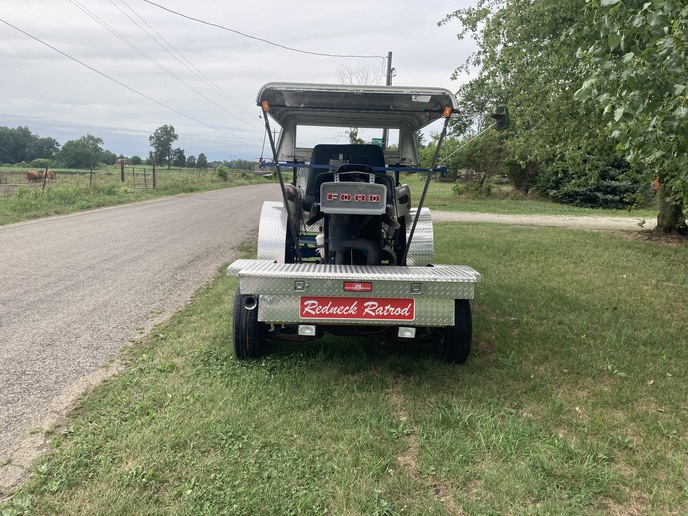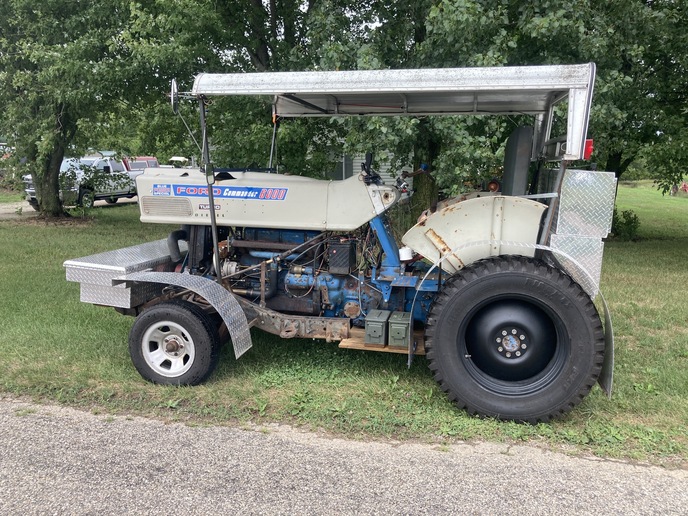Bryce Frazier
Well-known Member
What are the yes and no things to do for driving a SOS Transmission? I've got a Ford 4400 that we've been doing a lot of work to, and I think I'll have it up and running tomorrow.
According to the manual I have for it, essentially put it in P, start it, push the "inching pedal", select the gear and go. Then simply click between gears as needed or wanted.
On the other hand, my neighbor tells me that there are 3 different ranges, 1-4, 5-8, and 9-10. Which are indicated by colors I see. He says that you need to use the pedal to get into a gear, and then I can shift back and forth in the gears IN THAT RANGE only, and then say I want to go from 4 to 5, I need to press the pedal, click into 5, and release pedal?
Also, what type of hydraulic or gear oil do I need to run in the rear end for the SOS? Is it the same system that will run a remote hydraulic valve? I want to buy a correct remote valve that mounts on top of the case, also under the seat. And finally where do I add the oil and how do I tell how full it is?
My tractor has an oil cooler in the radiator, I have no idea how much oil is in the rear end as I removed the cooler lines from the case forward and replaced them with hydraulic hoses, and then also replaced the radiator.
Thanks guys! Eager to get it done and post some pictures. I found a correct hood for my diesel to gas swap, not I just need to find the right grill.... Bryce
According to the manual I have for it, essentially put it in P, start it, push the "inching pedal", select the gear and go. Then simply click between gears as needed or wanted.
On the other hand, my neighbor tells me that there are 3 different ranges, 1-4, 5-8, and 9-10. Which are indicated by colors I see. He says that you need to use the pedal to get into a gear, and then I can shift back and forth in the gears IN THAT RANGE only, and then say I want to go from 4 to 5, I need to press the pedal, click into 5, and release pedal?
Also, what type of hydraulic or gear oil do I need to run in the rear end for the SOS? Is it the same system that will run a remote hydraulic valve? I want to buy a correct remote valve that mounts on top of the case, also under the seat. And finally where do I add the oil and how do I tell how full it is?
My tractor has an oil cooler in the radiator, I have no idea how much oil is in the rear end as I removed the cooler lines from the case forward and replaced them with hydraulic hoses, and then also replaced the radiator.
Thanks guys! Eager to get it done and post some pictures. I found a correct hood for my diesel to gas swap, not I just need to find the right grill.... Bryce



